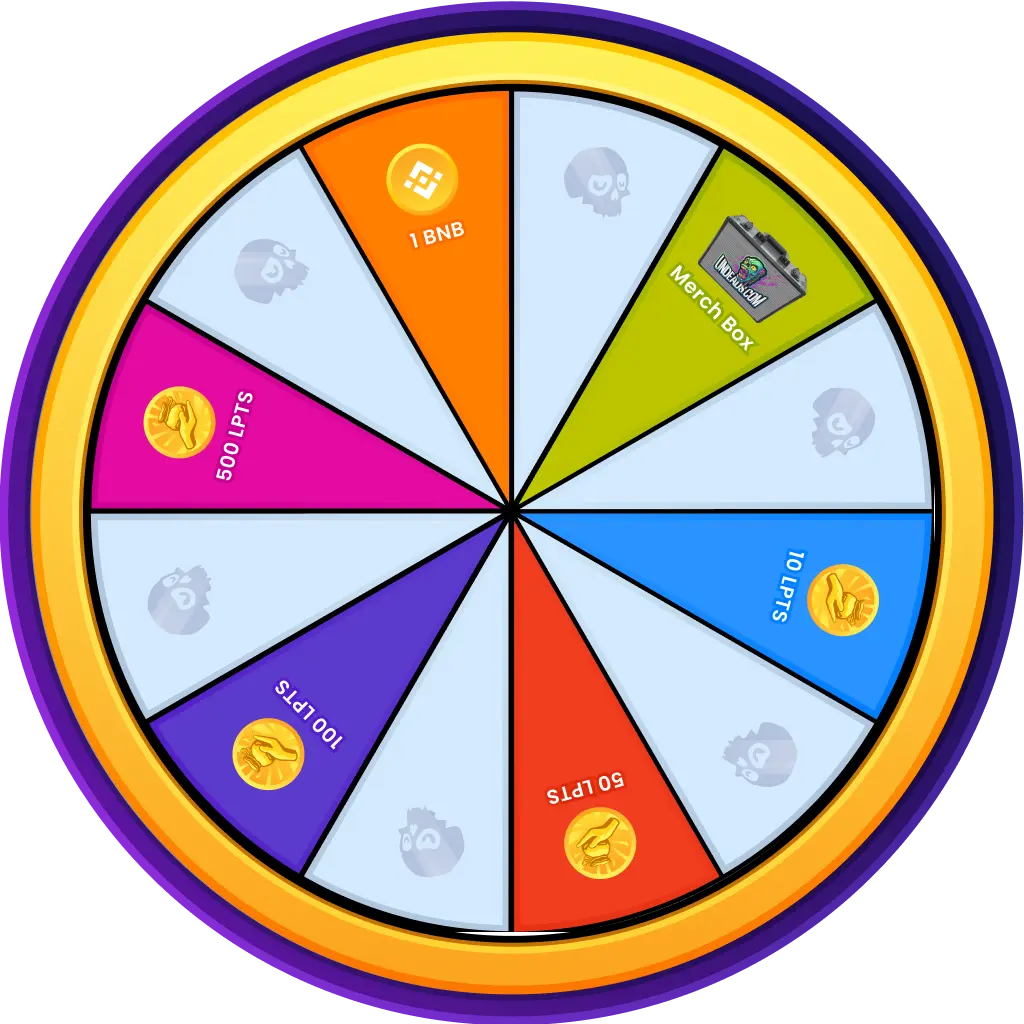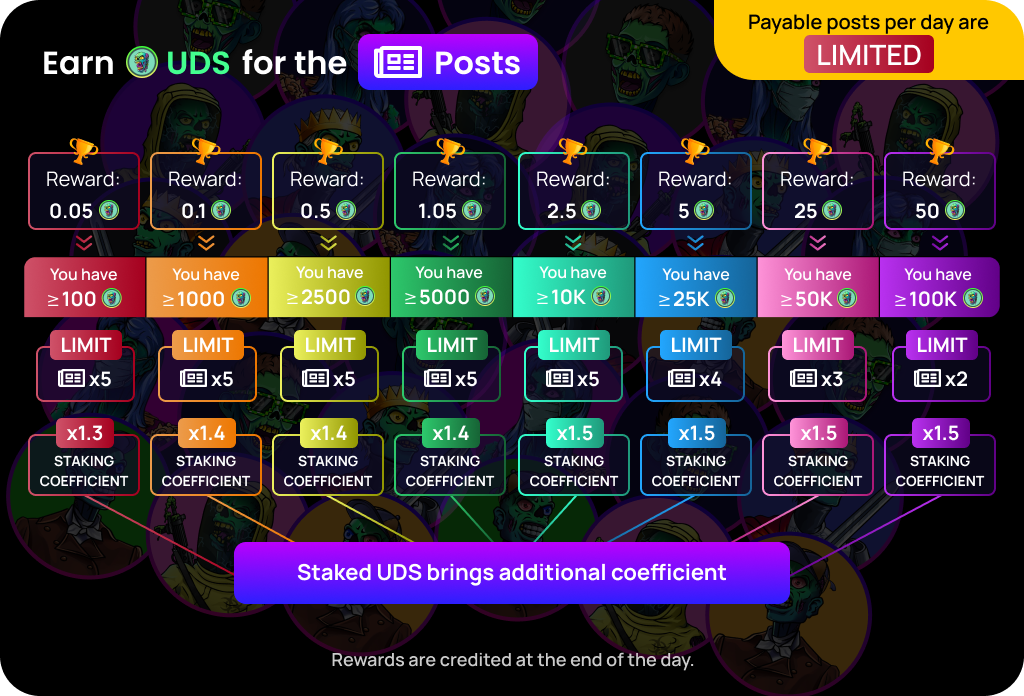Tron’s Big Fee Cut: What’s Happening on the Network
-
Tron has slashed its gas fees — and the impact is already showing up on-chain.
According to a new CryptoQuant report, the network’s Super Representatives (block producers) are now earning only about $5 million per day, down from nearly $14 million just ten days earlier. That’s a 64% drop in daily revenue, the lowest level in over a year.Why Fees Dropped
The change comes from Proposal #789, which lowered the cost of energy units (the resource that powers transactions) from 210 sun to 100 sun.
1 TRX = 1,000,000 sun.
Average gas fees are now about 60% cheaper than before.
The idea behind the proposal is to make Tron cheaper for everyday users and keep the ecosystem growing.
How It Fits in the Bigger Picture
Even after this big cut, Tron still dominates layer-1 blockchain revenue.
Over the last seven days it captured 92.8% of total L1 revenue, ahead of Ethereum, Solana, BNB Chain and Avalanche.
In the past 90 days, Tron fees have brought in around $1.1 billion.
Over five years, Ethereum has earned $13 billion in fees and Tron is next with $6.3 billion.
Why It Matters
Lower fees can mean:
More transactions and stablecoin transfers, because moving assets is cheaper.
Easier access for DeFi, NFTs, and gaming apps that need low-cost transactions.
Tron is betting that higher usage will eventually offset the lower per-transaction fees, keeping its place as one of the most used blockchains in the world.
Tron’s move shows how major networks keep balancing user growth and revenue for validators.
Whether this bet pays off will depend on how much new activity the lower fees can attract in the months ahead.

















